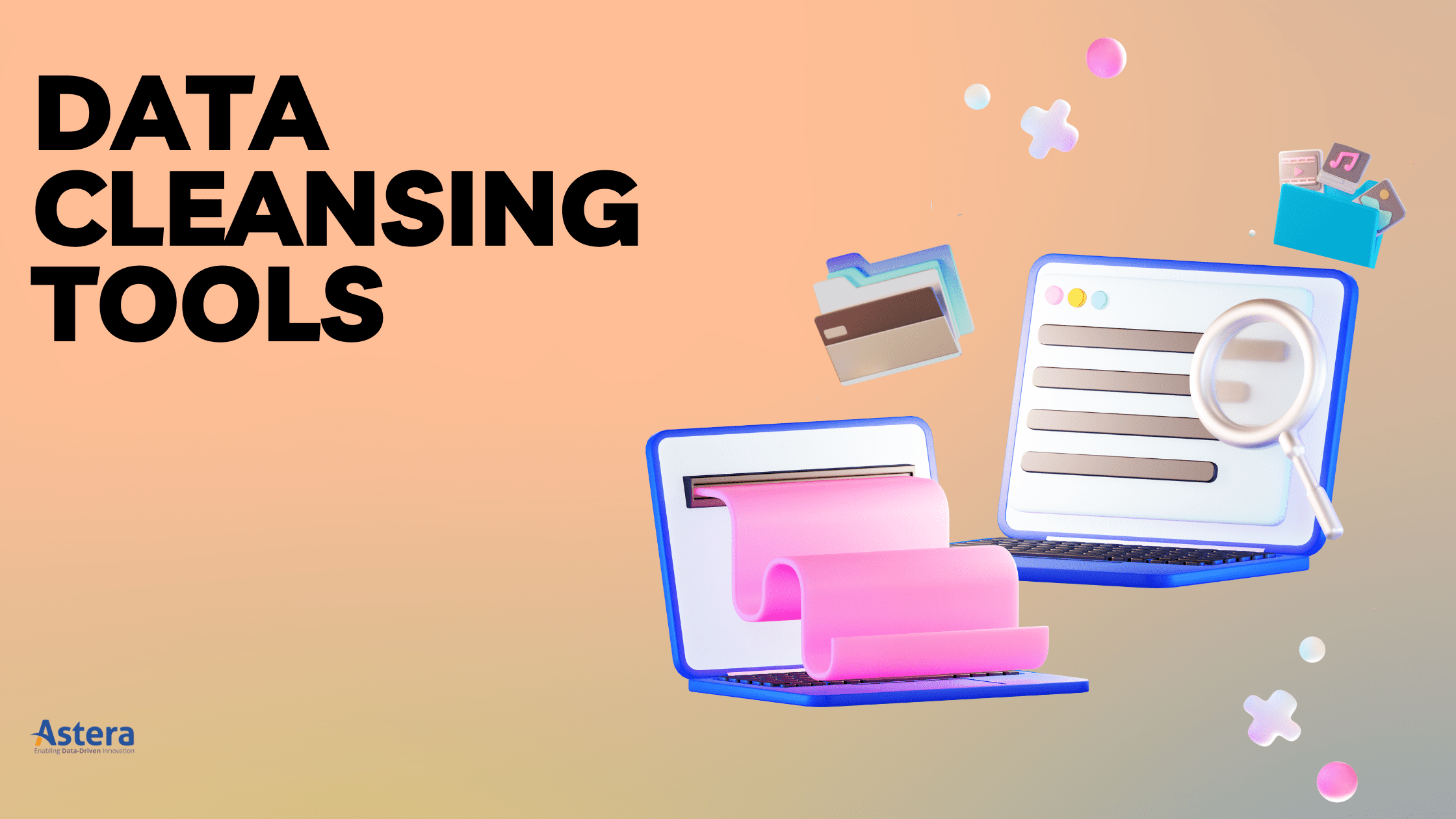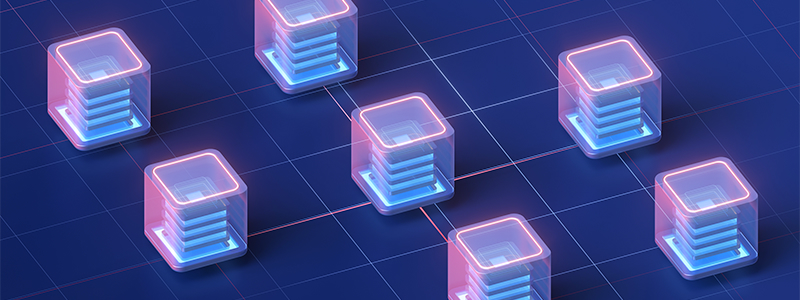Data cleansing is an essential part of the data integration and management processes, without which data is essentially of no use. Do you know Businesses lose $3 Trillion per year due to bad data? It makes sense as bad data leads to incorrect judgments and strategic choices. So, maintaining data quality and integrity should be the topmost priority for any business.
Data cleaning process, however, can be complex if you have different data sets from disparate sources. It is time consuming and in this era data has a shelf life. The best way to speed up the process is to employ data cleansing tools, which leverage automation and eliminate any manual processes.

The data cleaning process can be complex if you have different data sets from disparate sources. An efficient data cleansing strategy helps retain data integrity during any data management project.
What is Data Cleansing and Why is it Important?
Data cleansing, or data scrubbing is the first step in data preparation. It involves identifying and correcting errors in a dataset to ensure only high-quality data is transferred to the target systems.
When information comes from multiple sources, such as a data warehouse, database, and files, they might have redundant, incompatible, or dirty data formats. For instance, many organizations collect customer data through surveys and forms. Information collected with these methods is often unstructured, and it needs to be treated before analysis.
Another relevant example could be data cleansing and profiling in data analysis, which could help an analyst find meaningful patterns in clean, validated data to support business decisions.
Moreover, given the increasing reliance on information systems and technology for deriving strategic business insights, poor data quality increases an organization’s exposure to risk.
Hence, to remain competitive in today’s dynamic business environment, it is essential to eliminate data inconsistencies. Therefore, enterprises must employ a rigorous data cleansing process to ensure their data assets are accurate and complete.
How Data Cleansing Tools Can Help
A data cleansing tool makes the process faster and more efficient by automating various tasks. Here’s how a data cleaning tool achieve this:
- Automated Data Profiling: A tool automatically scans and profiles the entire dataset to identify potential data quality issues, such as missing values, duplicates, inconsistencies, and formatting errors. This process quickly highlights areas that require attention.
- Standardization and Validation: It applies standardization rules to ensure that data follows a consistent format and validates it against predefined rules or reference data.
- Deduplication: Data cleansing tools can easily identify duplicate records or entries and merge or remove them automatically.
- Parsing and Transformation: A tool can parse complex data structures, such as addresses or names, and transform them into a standardized format without any manual effort.
- Error Correction: These tools can automatically correct common errors, such as misspellings or incorrect values, based on predefined rules.
Top 5 Data Cleansing Tools
1. Astera Centerprise
![]()
Astera Centerprise is a zero-code, complete data integration solution, which is perfect for data cleaning. It offers advanced data profiling and cleansing capabilities allow users to ensure the integrity of critical business data, speeding up the data scrubbing process in an agile, code-free environment.
Here are some data cleansing features that Astera Centerprise has to offer:
Identification of errors
The first step of every data cleansing process is data profiling, i.e., to identify data inconsistencies. The Data Profile transformation allows users to examine source data and get detailed statistics about its content and integrity.
Users can study the source data and determine the error count, blank count, data type, duplicate count, etc. This information cleansing is important for advanced data analysis.
![Data Profiling Results in Centerprise]()
Figure 1: Data Profiling Results
Correcting Duplicates in Data
Data duplication is one of the major causes of poor-quality data. Duplication is often a direct result of manual data entry or joining data from multiple sources. Astera offers Distinct transformation to identify and remove duplicates from data.
Dealing with Incorrect Information
![Data Cleanse Transformation]()
Figure 2: Data Cleanse Transformation
One of the most useful features that Astera offers is the Data Cleanse transformation. This transformation allows users to remove whitespaces, unwanted letters, digits and punctuations. It also gives the Find and Replace option that lets users ensure consistency in data. (For example, replacing 00 with + to ensure consistency in data). Users can also modify data using an expression for standardization.
Validating against Data Quality Rules
![Data Quality Rules]()
Figure 3: Data Quality Rules
Astera also offers data quality rules so users can verify their data according to their business criteria. Users can define as many rules as they want.
2. Trifecta Wrangler
![Trifacta logo]()
Trifacta Wrangler help users easily clean, transform, and prepare raw data for further analysis and use in various applications. It provides a user-friendly interface and powerful features for data cleaning and preparation tasks. It benefits users through:
- No-code interface.
- Interactive visualizations for effective analysis.
- Smart suggestions for data transformations.
3. OpenRefine
![OpenRefine logo]()
OpenRefine, formerly Google Refine, is a powerful tool used for data cleaning, data transformation, and data preparation tasks. It has the benefit of being an open-source tool. As a result, however, it also requires some technical knowledge to use. It provides effective data management through:
- Faceting and clustering.
- Fault-tolerance with unlimited redos.
- Data privacy.
- Data reconciliation between multiple sources.
4. Winpure
![WinPure logo]()
Winpure is another robust on-premises solution for data cleansing. It is specifically designed to handle CRM data, but also supports other data sources. It enables users to match, clean, and validate data in user-friendly interface. Its key features include:
- Smart matching to detect fuzzy and mis-keyed entries.
- Detailed data health stats.
- High speed and performance.
- Reporting and analysis through 3D visuals .
5. TIBCO Clarity
![Tibco Clarity logo]()
Different from other tools here, TIBCO Clarity provides data prep as an on-demand SaaS. It offers data cleansing on the cloud which enables teams to effectively scale their processes. TIBCO Clarity provides multiple secondary benefits alongside data prep. These include:
- Seamless integration with many sources.
- ETL functionality.
- Batch processing.
- Charts and graphs for analysis.
Finding the Right Data Cleansing Software
Many industries generate heaps of data sets daily and need accurate insights for strategic decision-making. Such industries include banking, insurance, retail, and telecom. Hence, data scrubbing or cleansing is a crucial step.
However, going through millions of records manually can be a daunting task. Therefore, businesses require an intelligent tool for data cleansing in a data warehouse that can identify discrepancies based on custom rules.
Open-source or free data cleansing tools may be the right choice for basic errors and simple data sorting. However, enterprises that need to check data on a granular level according to specific business-defined rules would require robust data cleansing tools.
The key to selecting the right data-cleaning tool is research. Browsing through review websites like Capterra, G2 Crowd, etc., will give you a fair idea of what data cleaning methods are available in the industry.
Here are the essential features that a successful data cleansing strategy or tool should possess:
Extensive Data Profiling and Cleansing Capabilities
An end-to-end data cleansing solution should include data profiling and cleansing features. These features should automate metadata identification and provide clear visibility into the source data to pinpoint any discrepancies.
Advanced Data Quality Checks
Data quality checks are objects or rules that you can use in the information flow for monitoring and reporting any errors while processing data. During the data cleaning process, robust data validation rules are applied to ensure data integrity.
Easy Data Mapping
To ensure high accuracy while cleaning data, it is essential to correctly map data from source(s) to transformation(s) and then to the destination(s). Tools featuring a code-free, drag-and-drop graphical user interface can support such functionality. Easy data mapping also enhances the usability of a data scrubbing tool.
Enhanced Connectivity
A data cleansing tool should support the common source data formats and destination data structures, including XML, JSON, EDI, etc.
Connectivity to popular destination formats allows you to export the cleansed data to versatile destinations, such as SQL Server, Oracle, PostgreSQL, and BI tools, like Tableau and Power BI.
This enables your business to access high-quality information faster for timely decision-making.
Workflow Automation
This will help automate the entire data cleansing project from profiling incoming data to its conversion, validation, and loading to the preferred destination.
Comparison of Tools – What to Look for?
When searching for the best data cleansing software for your organization, check its features, pricing, and maintenance cost.
A few aspects to look for in data cleansing software include:
- What features does the data cleansing software offer?
- Does it have API connectors to get data from applications directly?
- Is it a visual data cleansing platform? Will the user need to learn how to code?
- Is it cloud-based?
- Does it offer integration capability?
- What will be the yearly charges for data cleansing software?
It is even better if you start by listing down your requirements and then search for software that meets those requirements.
In most cases, you would need data integration software with data cleansing & transformation functionality. Because if your data is available from multiple sources, you must map it to the target destination after cleansing. A data integration software with a staging area can quickly fulfill this requirement.
Conclusion
Data Cleansing is the pivot of any data-driven project. A data cleansing tool not only makes the task easier but also ensures 100% accuracy. If you have data coming in from a variety of sources and you want to clean it efficiently and on time, then a code-free tool like Astera Centerprise is the right choice for you! Test drive Astera Centerprise for free and get your data quality and consistency under control.
Authors:
![]() Iqbal Ahmed
Iqbal Ahmed


